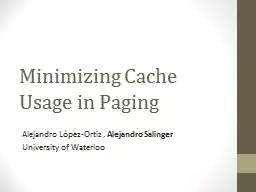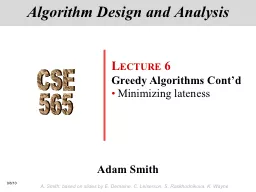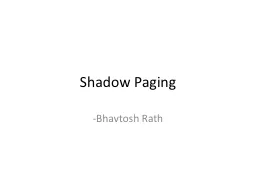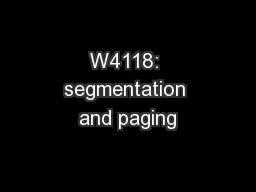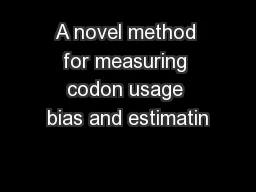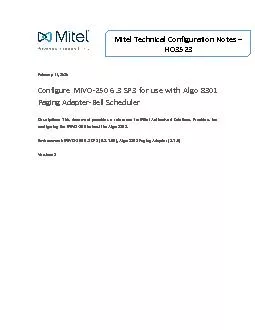PPT-Minimizing Cache Usage in Paging
Author : olivia-moreira | Published Date : 2017-05-26
Alejandro López Ortiz Alejandro Salinger University of Waterloo Outline Paging Paging with cache usage Interval Scheduling Online algorithms Simulations Conclusions
Presentation Embed Code
Download Presentation
Download Presentation The PPT/PDF document "Minimizing Cache Usage in Paging" is the property of its rightful owner. Permission is granted to download and print the materials on this website for personal, non-commercial use only, and to display it on your personal computer provided you do not modify the materials and that you retain all copyright notices contained in the materials. By downloading content from our website, you accept the terms of this agreement.
Minimizing Cache Usage in Paging: Transcript
Download Rules Of Document
"Minimizing Cache Usage in Paging"The content belongs to its owner. You may download and print it for personal use, without modification, and keep all copyright notices. By downloading, you agree to these terms.
Related Documents

